
Laura Bukavina, MD, MPH, MSc, recapped a debate at SUO 2025 on how to appropriately classify high-grade bladder tumors.

Laura Bukavina, MD, MPH, MSc, recapped a debate at SUO 2025 on how to appropriately classify high-grade bladder tumors.

Another critical research need involves understanding the effects of exogenous testosterone.

Leila Momtazi-Mar notes that although some studies suggest a decline in retrieval rates after age 40, this association remains preliminary.

A key finding was that 86% of patients required no additional therapy after receiving nadofaragene.

Regarding the timing of sperm retrieval, the findings suggest it is reasonable and safe to delay the procedure until adulthood.

Christopher Weight, MD, MS, discusses the current state and directions of AI and prostate cancer.
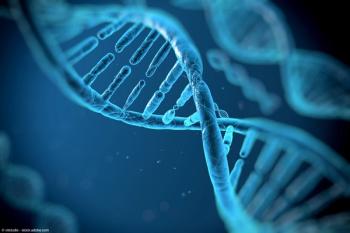
From a practical standpoint, integrating ctDNA into clinical practice poses challenges.
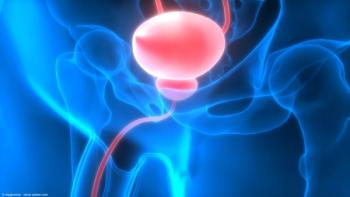
Betty Wang, MD, said she envisions ctDNA integrating into existing surveillance protocols for patients with high-risk NMIBC.

Howard B. Goldman, MD, who was the first to use the device in a clinical setting, shares his initial thoughts on the technology and its role in real-world practice.

Wang and Bukavina outline several cases of ctDNA's utility in the space.
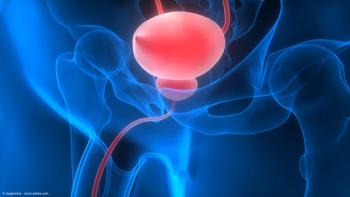
A notable finding was that 35% of these NMIBC patients exhibited ctDNA positivity.

Catch up on exclusive videos you may have missed from the first half of the year.

Olivares cautioned that HIFU is not suitable for all patients, particularly those with more aggressive disease, for whom complete gland removal may still be necessary.

Howard B. Goldman, MD, FACS, discusses innovations such as tibial nerve stimulation devices, pudendal nerve targeting, and alternative stimulation frequencies.

Howard B. Goldman, MD, discusses the rationale and development process for the Glean Urodynamics System.
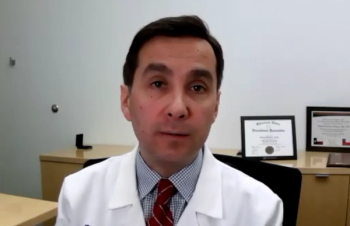
A primary concern was establishing trust in the connectivity to ensure no loss in visualization or connection.

One key approach is to increase the representation of women on editorial boards of journals and as reviewers.

Glean™ Urodynamics System developed by Bright Uro based on foundational technology created at Cleveland Clinic; Device received FDA clearance earlier this year
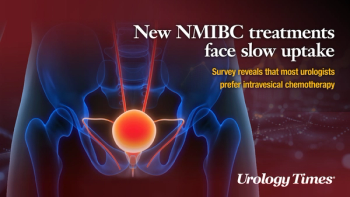
Results of an exclusive Urology Times survey point to urologists preferring intravesical chemotherapy for treating BCG-unresponsive NMIBC.

Campbell emphasized that although gender representation in medicine is shifting, structural and cultural biases continue to influence academic recognition.

The test demonstrated comparable or superior performance in Black and Non-White men.
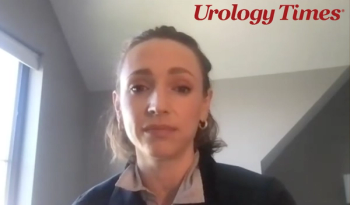
The study was published in JCO Oncology Practice.
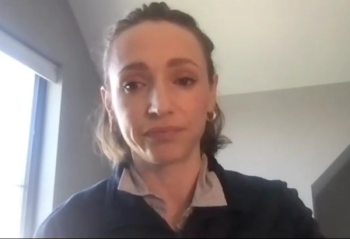

“We are witnessing the dawn of teletreatment,” says Jihad Kaouk, MD, FACS.

Betty Wang, MD, provides insight on 3 presentations that she believes “may be game changing” in urology.
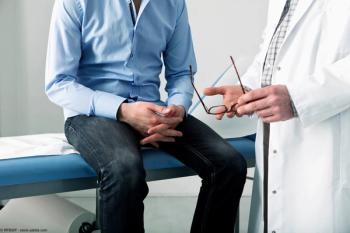
In February 2025, the FDA recommended a removal of the black box warning related to an increased risk of adverse cardiovascular outcomes for all testosterone products. This recommendation has important implications for urologists and the patients they treat.
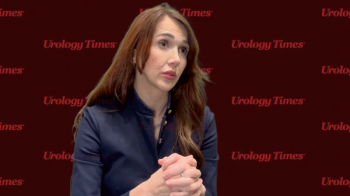
The trial is assessing the safety and tolerability of adaptive radiation therapy with concurrent sacituzumab govitecan in patients with MIBC.

“[We’re working on] being able to apply the same mechanism and testing and thought that we put into this into stool to give people a precision signature of how they're going to respond or experience toxicity from EV based on their stool microbiome,” says Laura Bukavina, MD, MPH.

“While I would hesitate to say that reversal is truly better in terms of efficacy, I think this data suggests that it's at least as good,” says Scott D. Lundy, MD, PhD, HCLD.

“While sperm cryopreservation is very safe, there might be hidden costs that patients aren't aware of, both [in] the upfront costs of preserving the sperm and then the annual cost of maintaining it at a facility,” says Bradley Roth, MS4.